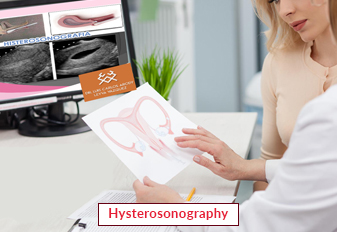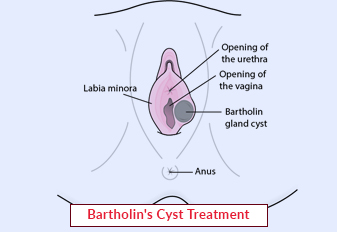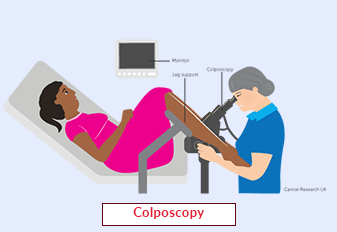Hysterosonography

Hysterosonography, also known as sonohysterography, is a diagnostic procedure that uses ultrasound imaging to examine the uterus and the lining of the uterine cavity. It is a minimally invasive procedure that provides valuable information about the uterus, helping healthcare providers diagnose and monitor various gynecological conditions. This article aims to provide an overview of hysterosonography, its procedure, and its clinical applications.
Hysterosonography involves the introduction of a sterile saline solution into the uterus, followed by the use of ultrasound imaging to visualize the uterine cavity. The saline infusion helps to expand the uterine cavity, providing a clearer image of the uterine lining and any potential abnormalities.
Book an AppointmentAbout Hysterosonography
Hysterosonography may be performed for several reasons, including:
-
Evaluation of abnormal uterine bleeding: Hysterosonography can help identify the cause of abnormal uterine bleeding, such as polyps, fibroids, or structural abnormalities within the uterus.
-
Assessment of uterine abnormalities: It is used to detect and evaluate uterine abnormalities, such as uterine septum (a congenital condition where the uterus is divided by a septum) or adhesions (scarring within the uterus).
-
Monitoring of fertility treatments: Hysterosonography can be used to assess the uterine cavity and monitor the response to fertility treatments, such as in vitro fertilization (IVF).
-
Localization of intrauterine devices (IUDs): It is utilized to locate and evaluate the position of an IUD within the uterus.
The specific reasons for performing hysterosonography may vary depending on the individual's symptoms and medical history.
Procedure of Hysterosonography
The procedure for hysterosonography typically involves the following steps:
-
Preparing for the procedure: The patient will be asked to empty their bladder before the procedure begins.
-
Positioning: The patient will be positioned on an examination table, similar to a pelvic exam.
-
Speculum insertion: A speculum will be gently inserted into the vagina to visualize the cervix.
-
Cleansing and numbing the cervix: The cervix may be cleansed with an antiseptic solution, and a local anesthetic may be administered to minimize discomfort.
-
Saline infusion: A thin catheter will be inserted through the cervix and into the uterine cavity. A sterile saline solution will be slowly infused through the catheter to expand the uterine cavity.
-
Ultrasound imaging: An ultrasound probe will be placed on the abdomen or inserted into the vagina to obtain detailed images of the uterine lining. The healthcare provider will carefully examine the uterine cavity and record any relevant findings.
-
Completion of the procedure: Once the imaging is complete, the catheter will be removed, and the patient can usually resume normal activities.
Require Assistance?
Get A Quick Callback From Our Healthcare Experts






